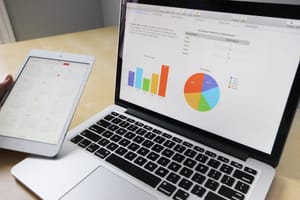In my last post on solution architecture for the Power Platform we looked at designing data models for our solutions and some of the ways in which we can do this. Now in this post, we’ll move on to another data related topic, being choosing the place to actually put the data i.e. picking a data store!
Missed the last post?
Did you miss the last post in this series? Check it out now and learn about data modelling before continuing here friends! 🚀
Data location
So first things first friends, and you should’ve considered this whilst doing data modelling but we need to begin by thinking about the place data currently exists. When thinking about this consider these points…
- Is there a need to move the data?
- Can we surface the data using Power Platform tools without migrating it? – Hello Virtual Tables 👋
- Is there a need to rearchitect the data structure and design?
- Can we integrate with existing solutions and products?
- Are there surrounding solutions that we should integrate with to deliver the best user experience?
New data
When it comes to new data we want to store, if we don’t have an existing place to put it, I’d recommend thinking about using Dataverse as the platform to build your data schema into! Let’s look at some of the various places we could also access data from though…
Existing data
If you’re working with existing data and simply want to use Power Platform to build a front end think about these options as ways of bringing your data into Power Platform…
- 1000+ Connectors and the ability to create custom connectors! 🤩
- Dataflows – Allow us to extract, transform and import data to Dataverse in a scheduled manner.
- Virtual tables – Allows us to surface data in Dataverse and interact with other tables bringing the data from an external data source.
What’s coming up?
So friends, stay tuned in my next post we’ll look at data modelling again but we’ll focus this around the capabilities Dataverse has to offer. Stay tuned as for architecting solutions for the Power Platform, this’ll be real important! 🚀

